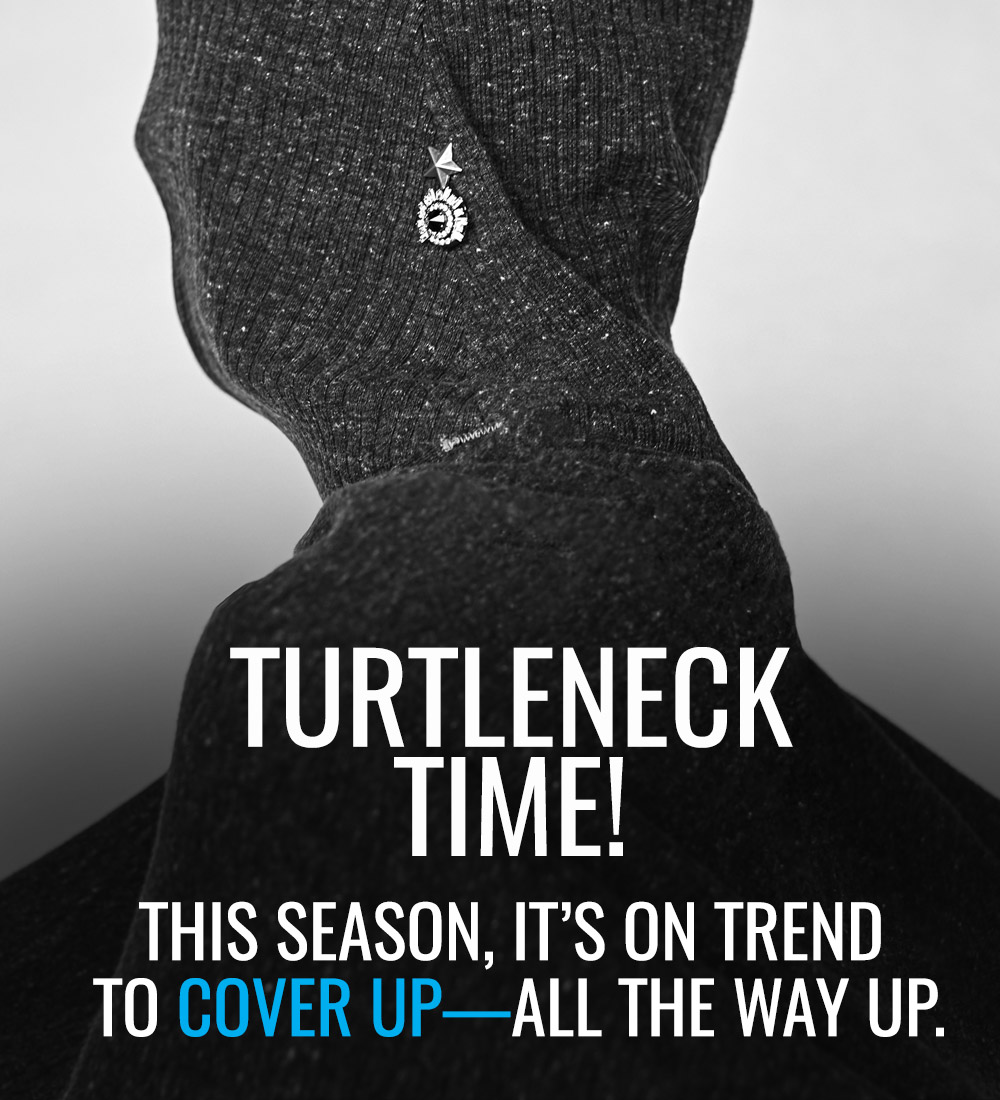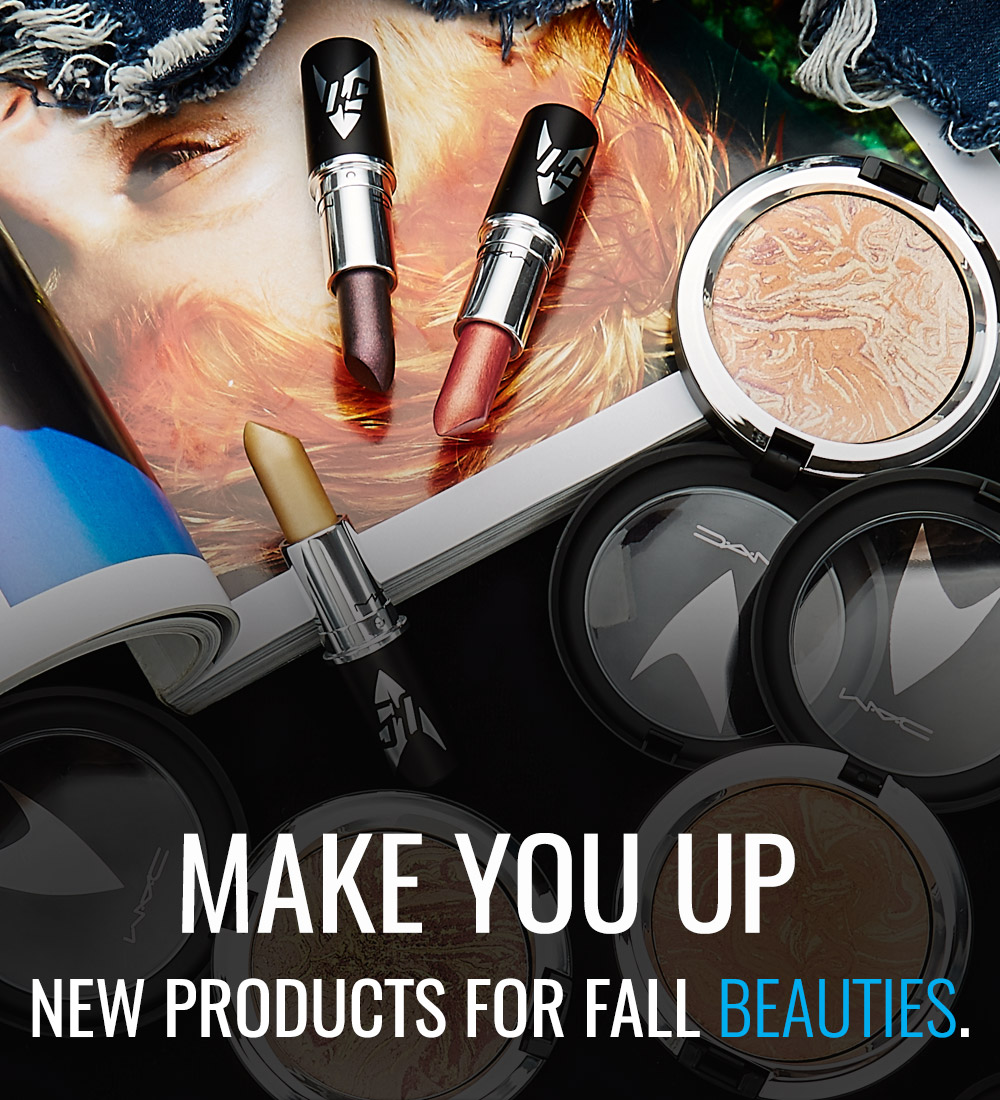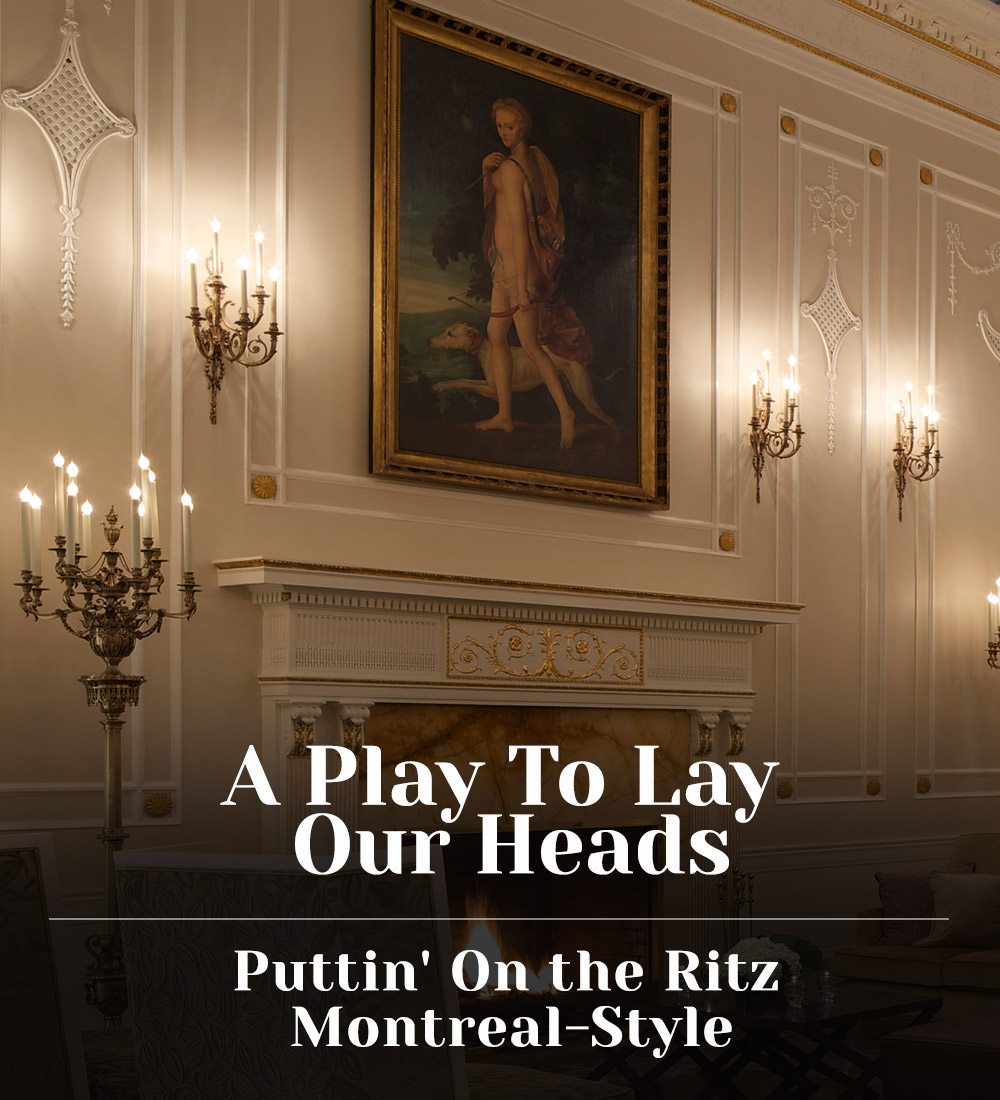
*Please note that this is a guest post*
Anti-Aging History
See how anti-aging skin care practices have evolved from early herbal treatments to modern laser resurfacing.
The obsession with looking young and halting the natural aging process has been an obsession of cultures from the early days. Starting in ancient times, various techniques have been used to fend off wrinkles and keep skin supple and soft. See how these techniques have changed over the years as scientific research has stepped in to validate, disprove and improve anti-aging methods.
Ancient remedies
Early civilizations looked towards natural treatments to make up the bulk of their anti-aging skin care remedies. The ancient Egyptians turned to the power of live leaves. Cleopatra reportedly bathed in sour milk to exfoliate her skin. Other ancient cultures believed diet and exercise would keep a woman young and beautiful, while others stressed the importance of yoga. Many cultures developed their own herbal remedies and a variety of anti-aging potions and elixirs, and used sand and rough textures as natural exfoliators. In China, a variety of herbs were used including fleece-flower root, ginseng and aacanthopanax root bark. Some ancient cultures even believed that human placentas contained anti-aging properties – and to this day, some anti-aging skin care products contain sheep placenta particles. Although the treatment may sound creepy to some, others tout it as alternative to a facelift. The sheep placenta contains a protein packed with stem cells that work to rebuild and replenish the cells in your skin, helping to build up the collagen and elastin that can make your face appear firmer.
Middle ages through today
By the middle ages, women were bathing in wine to smooth skin and give a silky appearance. Pale skin was desired by women as a sign of youth and health, so many of the treatments focused on giving skin a milky look. As the middle ages came to an end, lead-based anti-aging skin care was born with facial peels designed to remove freckles. As scientific research evolved, the 1990s witnessed the first use of laser resurfacing to treat acne and reduce fine lines and wrinkles. Laser resurfacing works by directing concentrated beams of light at the skin to remove damaged cells and encourage collagen production of new cells. Fractional laser resurfacing is a similar process that leaves some skin intact while heat treating other areas to give the appearance of rejuvenated skin. At the turn of the century, botulinum toxin type A (better known as Botox Cosmetic) was approved in America by The Federal Drug Administration to treat fine lines. For those willing to invest in laser resurfacing and Botox, the results are generally more dramatic and longer lasting than at-home remedies, creams or cleansers. But that hasn’t stopped consumers from buying up the thousands of anti-aging products on the market today.
Estimates vary, but Americans spend around $80 billion on anti-aging procedures and products each year.
What’s the best modern day method?
With so many anti-aging treatments used over the years, and many news ones coming into play, which options are the best? The answer depends on your skin type and your desired results. Be sure to research your choices from natural exfoliation to laser technology by talking to friends or family and reading reviews online.
Sponsored content was created and provided by Tria Beauty, image via BeachTomato.com







